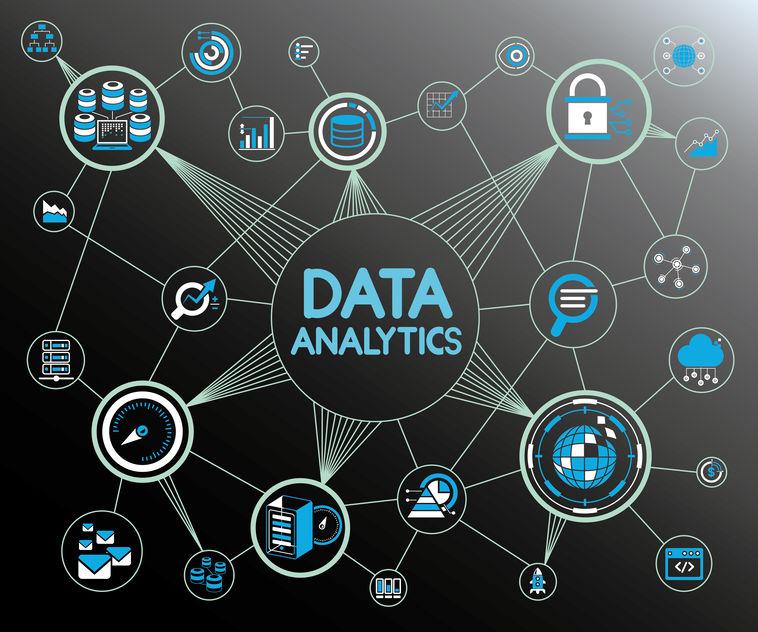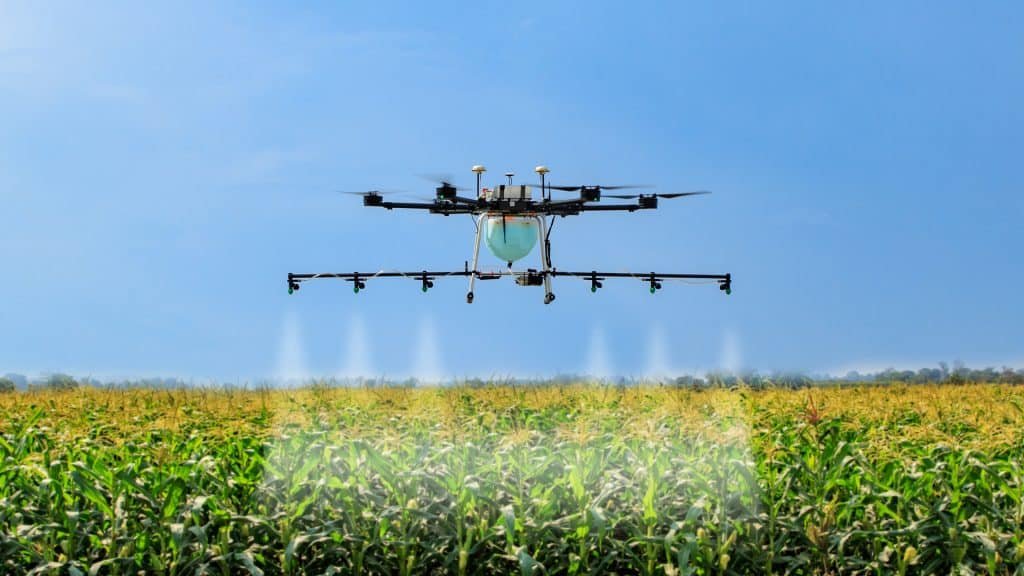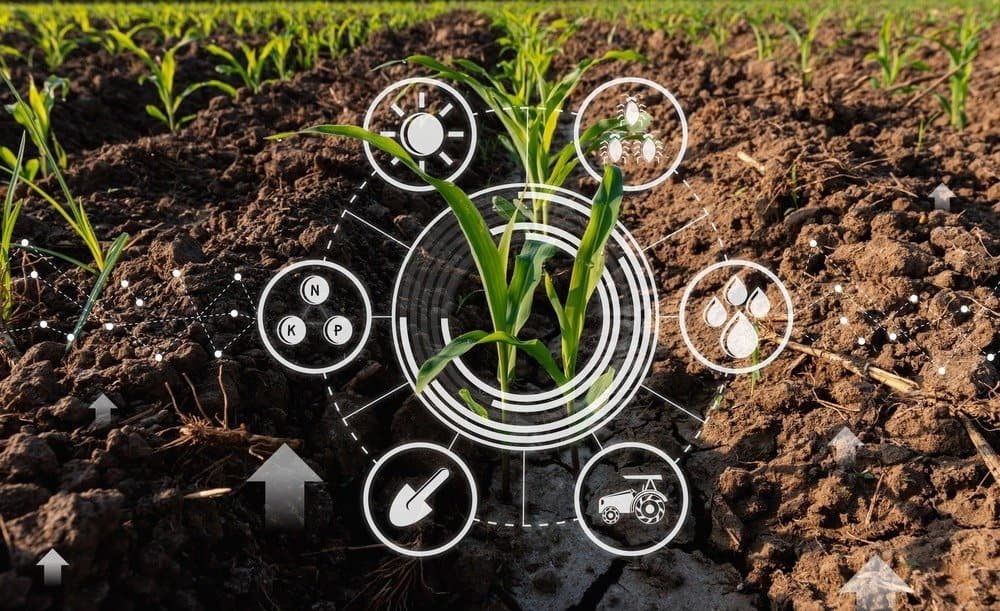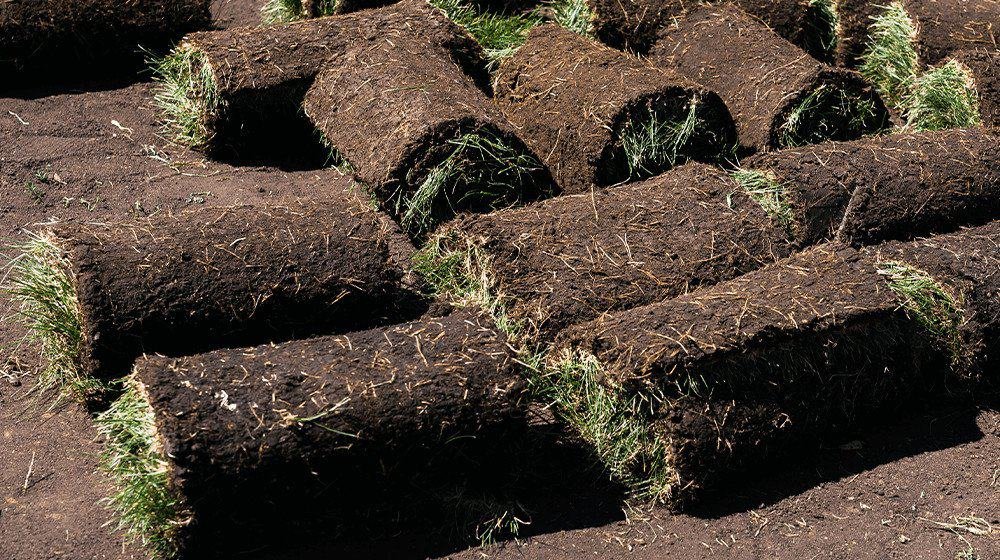Welcome to the world of technical farming, where cutting-edge technology meets traditional agriculture. In this article, we will explore how technology is transforming the farming industry, making it more efficient, sustainable, and profitable. Whether you are a seasoned farmer or just starting out, embracing technical farming practices can revolutionize your agricultural operations and take your productivity to new heights.
1. Precision Agriculture: Maximizing Efficiency
Precision agriculture is a game-changer in the farming industry. By utilizing advanced technologies such as GPS, sensors, and drones, farmers can optimize their operations and make data-driven decisions. Here are some key aspects of precision agriculture:
- Remote Sensing: Drones equipped with high-resolution cameras and sensors can capture valuable data about crop health, soil moisture levels, and pest infestations. This data helps farmers identify problem areas and take targeted actions.
- Variable Rate Technology: With the help of precision equipment, farmers can apply fertilizers, pesticides, and irrigation water at variable rates based on the specific needs of different areas within their fields. This ensures optimal resource utilization and minimizes waste.
- Yield Monitoring: By installing yield monitoring systems in their harvesting equipment, farmers can accurately measure and map crop yields. This information enables them to identify yield variations across their fields and make informed decisions for future planting seasons.
2. Automated Machinery: Enhancing Productivity
Gone are the days of manual labor-intensive farming. Today, automated machinery is taking over the fields, streamlining operations, and boosting productivity. Here are some examples of how automation is transforming farming:
- Robotic Harvesting: Robots equipped with computer vision and machine learning algorithms can identify ripe fruits or vegetables and harvest them with precision. This eliminates the need for manual labor and reduces harvest time.
- Autonomous Tractors: Self-driving tractors equipped with GPS and advanced sensors can perform tasks such as plowing, seeding, and spraying with utmost precision. Farmers can remotely monitor and control these tractors, saving time and effort.
- Automated Irrigation Systems: Smart irrigation systems use sensors to monitor soil moisture levels and weather conditions. They automatically adjust the irrigation schedule and water application rates, ensuring optimal water usage and preventing overwatering.

3. Vertical Farming: Maximizing Space
With the world’s population on the rise, the demand for food is increasing exponentially. Vertical farming offers a solution by maximizing space utilization and increasing crop yields. Here’s how it works:
- Stacked Growing Systems: Vertical farms utilize stacked growing systems, where plants are grown in multiple layers, one on top of the other. This allows farmers to grow more crops in a smaller footprint.
- LED Lighting: Instead of relying on natural sunlight, vertical farms use LED lighting systems that provide the perfect spectrum of light for optimal plant growth. This enables year-round cultivation and eliminates the dependency on seasonal changes.
- Hydroponics: Vertical farms often employ hydroponic systems, where plants are grown in nutrient-rich water instead of soil. This method conserves water, reduces the need for pesticides, and accelerates plant growth.
4. Data Analytics: Making Informed Decisions
Data analytics plays a crucial role in technical farming. By collecting and analyzing vast amounts of data, farmers can gain valuable insights and make informed decisions. Here’s how data analytics is transforming the farming landscape:
- Predictive Analytics: By analyzing historical data and weather patterns, farmers can predict crop yields, disease outbreaks, and market trends. This helps them plan their operations and make strategic decisions.
- Market Intelligence: Data analytics tools provide farmers with real-time market information, enabling them to identify profitable crops, adjust pricing strategies, and optimize their supply chain.
- Resource Optimization: By analyzing data on soil conditions, weather forecasts, and crop growth patterns, farmers can optimize their resource allocation, reducing costs and minimizing environmental impact.

5. Robotics in Livestock Farming: Improving Animal Welfare
Technical farming is not limited to crop cultivation; it also extends to livestock farming. Robotics is revolutionizing the way animals are cared for, ensuring their well-being and improving overall farm efficiency. Here are some examples:
- Automated Feeding Systems: Robotic feeding systems dispense precise amounts of feed at scheduled intervals, ensuring that animals receive optimal nutrition. This eliminates the need for manual feeding and reduces feed wastage.
- Milking Robots: Robotic milking systems can automatically milk cows, monitoring milk quality and individual cow health. This reduces labor costs, improves milk production efficiency, and enhances animal welfare.
- Animal Health Monitoring: Wearable sensors and cameras can monitor the health and behavior of livestock, detecting early signs of illness or distress. This allows farmers to provide timely medical intervention and prevent disease outbreaks.
FAQs on Technical Farming
Q: Is technical farming only suitable for large-scale commercial farms?
A: No, technical farming practices can be adopted by farms of all sizes. The scalability and affordability of many technologies make them accessible to small and medium-sized farms as well.
Q: How can technical farming help reduce environmental impact?
A: Technical farming enables precise resource management, reducing the use of fertilizers, pesticides, and water. By optimizing inputs and minimizing waste, farmers can minimize their environmental footprint.
Q: Are there any risks associated with relying heavily on technology in farming?
A: Like any technology-dependent system, technical farming is not without risks. Power outages, equipment malfunctions, and cybersecurity threats can disrupt operations. However, proper planning, backup systems, and cybersecurity measures can mitigate these risks.
Q: Can technical farming help increase profitability?
A: Yes, technical farming can significantly increase profitability. By optimizing resource utilization, reducing labor costs, and improving crop yields, farmers can achieve higher returns on their investments.
Q: What are the future trends in technical farming?
A: The future of technical farming holds exciting possibilities. Artificial intelligence, robotics, and blockchain technology are expected to play a more significant role in optimizing farming operations, improving supply chain transparency, and enhancing food traceability.
Conclusion
Technical farming is revolutionizing the agricultural industry, offering farmers new tools and techniques to maximize efficiency, productivity, and sustainability. By embracing precision agriculture, automated machinery, vertical farming, data analytics, and robotics, farmers can unlock their full potential and meet the growing demands of a hungry world. So, whether you are a seasoned farmer or just starting out, it’s time to embrace the power of technology and take your farming practices to new heights.
Fun Fact: Did you know that the world’s largest vertical farm is located in Newark, New Jersey? Spanning over 69,000 square feet, it produces over two million pounds of leafy greens annually!
Originally posted 2023-05-17 15:22:58.



